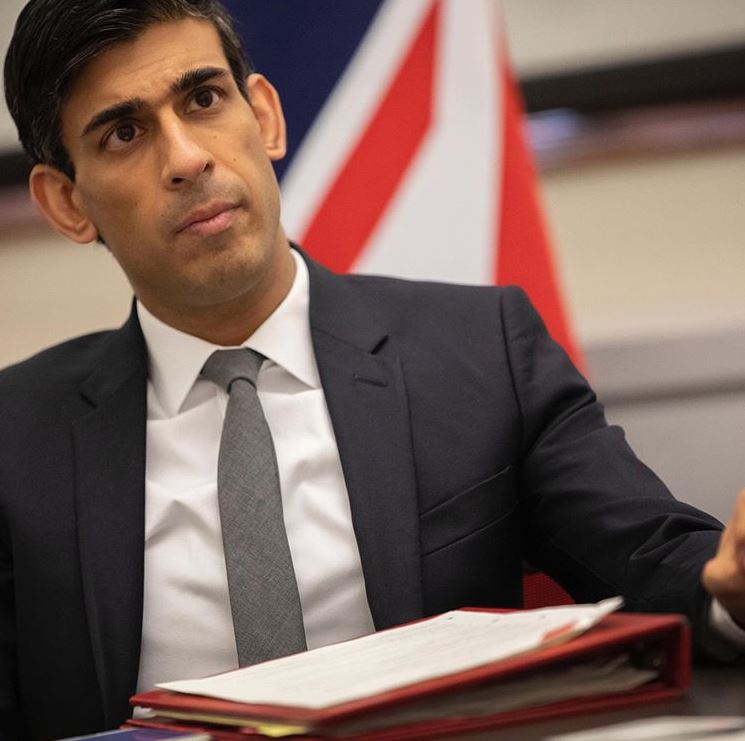
Picture: HM Government
During 2021, the interest in non-fungible tokens (NFTs) surged; ‘NFT’ even became the Collins word of the year with its use surging over 11,000 percent. Whilst NFTs were not new, the sale of “Everydays: The First 5000 Days” at Christie’s auction house by the artist known as Beeple for US$69 million grabbed the attention of the artworld, media and investors alike.
In April 2022 the UK government was keen to show its crypto credentials to make the UK a global cryptoasset hub. One of the most notable announcements was for the creation, or minting, of an NFT by the Royal Mint.
However, as 2022 drew to a close, no NFT had been released. This may be due to the difficult conditions for the crypto, sector with a number of high-profile failures, such as with FTX, and the drop in the value of Bitcoin. These events have made the many jurisdictions cautious how, and if, to proceed with cryptoassets.
It was announced, in response to a question in Parliament, that “[I]n consultation with HM Treasury, the Royal Mint is not proceeding with the launch of a non-fungible token at this time but will keep this proposal under review.” Despite this update, at the time of writing, an NFT information page is still available on the Royal Mint website.
Whilst the shelving of the Royal Mint NFT has been semi-formally announced, it is possible that the project may, at some point in the future, be revived. To date it is unknown how developed the plans were or how much time and effort were expended by the Royal Mint. However, as some commentators have referred to the Royal Mint NFT as a vanity project for Rishi Sunak, any revival may be politically difficult.
Throughout 2022, there was little information about the NFT project with the only information being on the Royal Mint website, accompanied by a singular image. This was, perhaps, the first indication where the project was at risk of failing. While many think of an NFT only as an image, the reality is that they can cover a range of things.

Dion Seymour, Andersen
The Intellectual Property Office (IPO) has recently published a report that sets out some of the differing use cases with an image only being one possible application. HMRC, the UK tax administration, has not published any guidance on NFTs, however, in the US the IRS has recently released a consultation.
The consultation considers if an NFT is a collectible and may have wide-reaching implications as, in the US, the tax rate on a collectible is higher than other assets such as cryptoassets. Whilst the UK does not have differing tax rates for these assets, the uncertainty around tax treatment highlights some of the risks for wealth management. Suffice to say that NFTs can have a wide variety of uses and are worthy of an article in their own right.
Back to the Royal Mint NFT. The next indication that the project may not have been fully considered is the statement which, again at the time of writing, was still on the Royal Mint’s NFT page website that they “are delighted to once again lead the way for UK currency.” This would be at odds with the conventional thinking of NFTs as collectibles. Therefore, was the objective for the NFT to be used as a currency or as a collectible? Or something else entirely?
If the NFT was to act as currency, this would be at odds with the Bank of England’s Central Bank Digital Currency (CBDC) and, from a practical perspective, NFTs would be difficult to accept as a means of payment as they are not divisible. To use NFTs as a currency would require significant infrastructure changes to support their use as a means of exchange.
As a collectible, ideally, there would need to be a number of different tokens available to collect to garner interest for investors. It does not appear to be evident, from the Royal Mint website, that there were any other NFTs to collect.
Many celebrities and companies, such as Porsche, have found releasing an NFT is not guaranteed to succeed equally, the Royal Mint would have no guarantee that their tokens would be popular. In the world of NFTs values are determined by open market demand and there is always a risk that following the release of an NFT range, they can fall in value.

For the Royal Mint, the media impact from a fall in values and the subsequent losses that investors would have incurred could have been difficult to manage and been problematic for the success of the project.
There is an argument that an objective of the NFT may have been to increase adoption/exposure of cryptoassets in the UK. It is possible that an NFT could have increased acceptance of cryptoassets, however, it could also have an opposite effect if the values of the NFT had fallen.
The government could have counted this risk in the same way that they do with gilts; the value of the NFT could have had a set denomination and a coupon provided until an expiration date. This would have provided security for investors and could have increased interest in investment from a new, hard to reach, audience making investment more interesting with different NFT images.
For wealth managers this product may have been ideal for clients who are looking to expand their portfolio to include cryptoassets, with reduced risk.
Without a clear objective from the outset, it is unsurprising that the proposal for a Royal Mint NFT was shelved. The approach the government should have taken was to create an objective that not only increased investment opportunities but provided certainty.
We welcome the government's goal of becoming a global crypto hub, however, it should carefully consider how this can be attained. The UK crypto industry remains willing, and able, to engage with the government to discuss plans to create successful outcomes.




